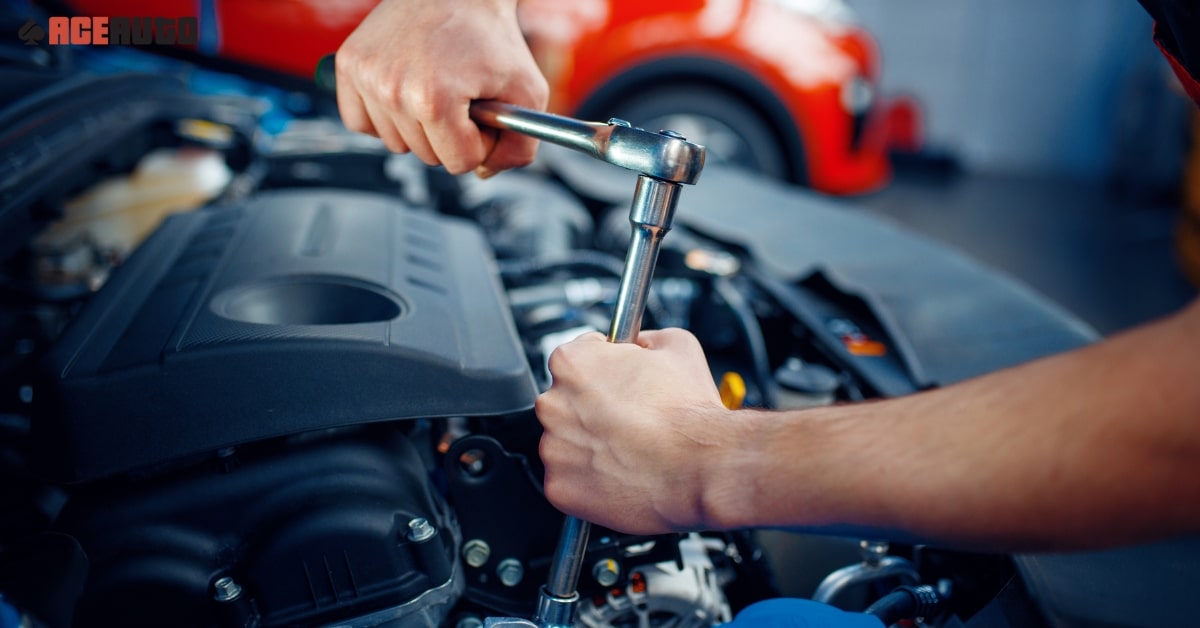All Categories
Featured
Your vehicle's shock absorber is an important component that improves your driving experience by giving convenience, control, and stability. With time, deterioration on this system can compromise your car's safety and security and performance. By embracing proper upkeep techniques, you can prolong the life of your suspension and avoid costly repair services. Here's a step-by-step overview to keeping your suspension system in superb shape.
![]()
Leaking Liquid: Oil around the shocks or struts suggests they may need replacement. Damaged Springs: Cracks or breaks in the springtimes can cause uneven automobile elevation. Corrosion or Rust: Metal parts like control arms and bushings are vulnerable to corrosion gradually. If you see any type of problems, have your shock absorber examined by a specialist auto mechanic.
Keep tires pumped up to the suggested stress. Turn tires every 5,000 to 7,500 miles. Equilibrium and align wheels every year or after striking holes or aesthetics. Unequal tire wear is a typical indicator of suspension misalignment or used components.
![]()
Conclusion. Appropriate upkeep of your shock absorber is critical for making certain a comfortable and safe driving experience. By carrying out normal assessments, replacing used components, preserving tire care, and driving sensibly, you can keep your suspension in peak problem. Proactive care not only stops expensive repair work but also ensures your automobile's durability and safety and security for every single journey.
- Understand the Significance of the Shock Absorber. The suspension system absorbs shocks from uneven roadways, sustains the car's weight, and maintains the tires firmly touching the road. It includes shocks, struts, springs, control arms, and bushings, every one of which interact to make certain a smooth and steady trip. Identifying its significance is the initial step toward appropriate care.
- Conduct Routine Visual Inspections. Regular visual checks can help recognize prospective concerns early. Look for:

Leaking Liquid: Oil around the shocks or struts suggests they may need replacement. Damaged Springs: Cracks or breaks in the springtimes can cause uneven automobile elevation. Corrosion or Rust: Metal parts like control arms and bushings are vulnerable to corrosion gradually. If you see any type of problems, have your shock absorber examined by a specialist auto mechanic.
- Address Unusual Noises and Symptoms. Unusual noises, such as creaking, squealing, or clunking, often signal suspension concerns. A bouncy adventure, difficulty guiding, or the car pulling to one side indicates that a suspension element could require focus. Don't neglect these signs; very early discovery can stop further damage.
- Keep Appropriate Tire Treatment. Tires and suspension collaborate to provide a smooth trip. To lower tension on your shock absorber:
Keep tires pumped up to the suggested stress. Turn tires every 5,000 to 7,500 miles. Equilibrium and align wheels every year or after striking holes or aesthetics. Unequal tire wear is a typical indicator of suspension misalignment or used components.
- Change Worn-Out Elements on Time. Suspension components like shocks, struts, and bushings wear out with time. Manufacturers usually recommend changing shocks and struts every 50,000 to 100,000 miles, depending on driving conditions. Delaying substitute can endanger handling, safety, and general lorry efficiency.

- Stay Clear Of Overloading Your Vehicle. Surpassing your vehicle's weight ability places too much stress on the shock absorber. This can cause faster damage on parts like shocks and springtimes. Always examine your owner's guidebook for weight limits and prevent overloading.
- Drive Sensibly. Hostile driving behaviors, such as speeding over holes, taking corners also quick, or often driving on rough roads, can damage your suspension. Technique careful driving to lessen wear and extend the lifespan of your shock absorber.
- Arrange Expert Examinations. Regular expert examinations are crucial for determining covert problems and ensuring optimum efficiency. Auto mechanics can detect problems that aren't visible throughout a do it yourself check, such as worn ball joints or control arm damages.
Conclusion. Appropriate upkeep of your shock absorber is critical for making certain a comfortable and safe driving experience. By carrying out normal assessments, replacing used components, preserving tire care, and driving sensibly, you can keep your suspension in peak problem. Proactive care not only stops expensive repair work but also ensures your automobile's durability and safety and security for every single journey.
Latest Posts
What New Arrivals or Trending Parts Are Included in the Present Collection?
Published Jan 08, 25
0 min read
Important Tips for Maintaining Vinyl Floor Covering
Published Jan 08, 25
1 min read
Place Your Order Online from Red Hawk Eatery for Convenient & Delicious.
Published Jan 08, 25
1 min read
More
Latest Posts
What New Arrivals or Trending Parts Are Included in the Present Collection?
Published Jan 08, 25
0 min read
Important Tips for Maintaining Vinyl Floor Covering
Published Jan 08, 25
1 min read
Place Your Order Online from Red Hawk Eatery for Convenient & Delicious.
Published Jan 08, 25
1 min read